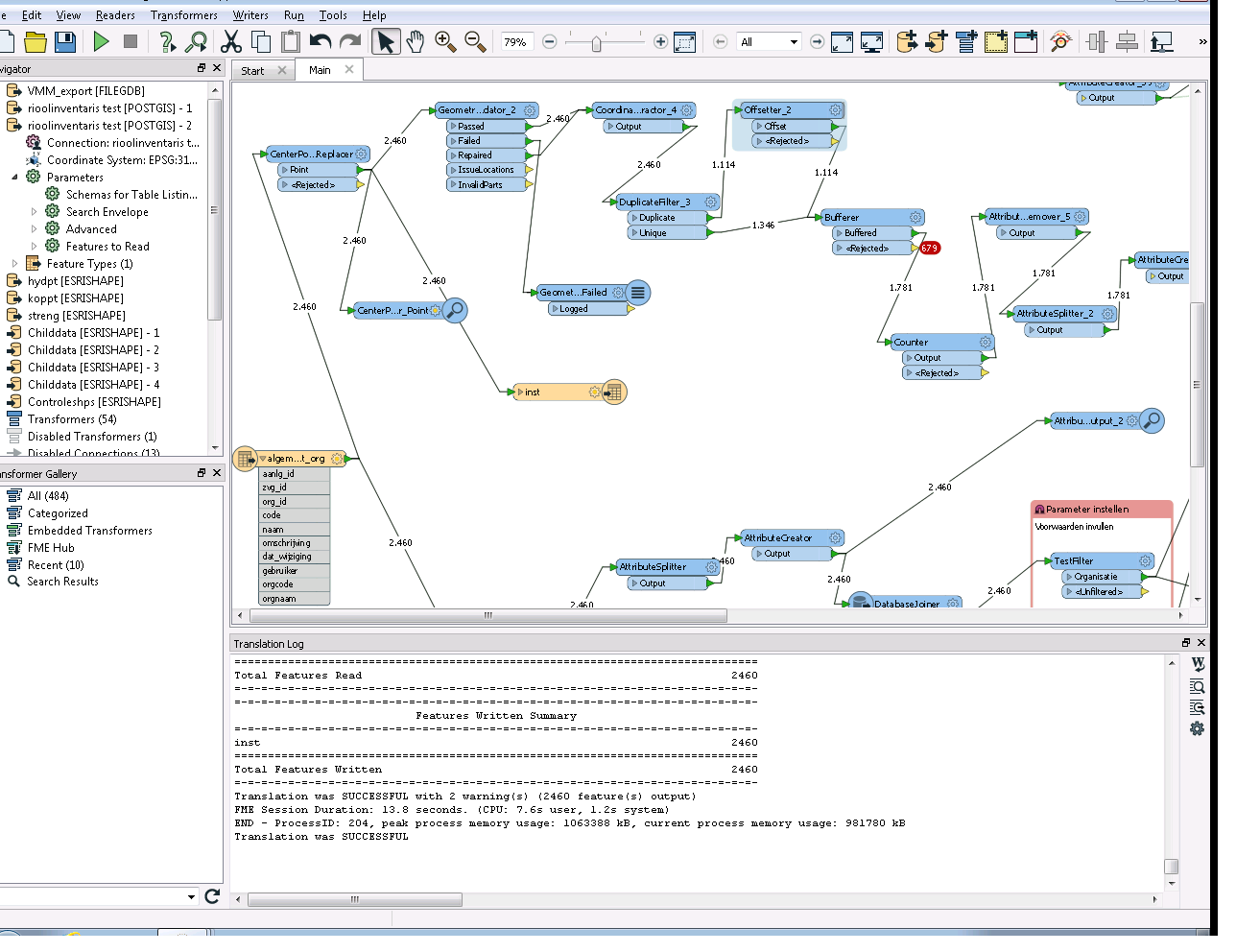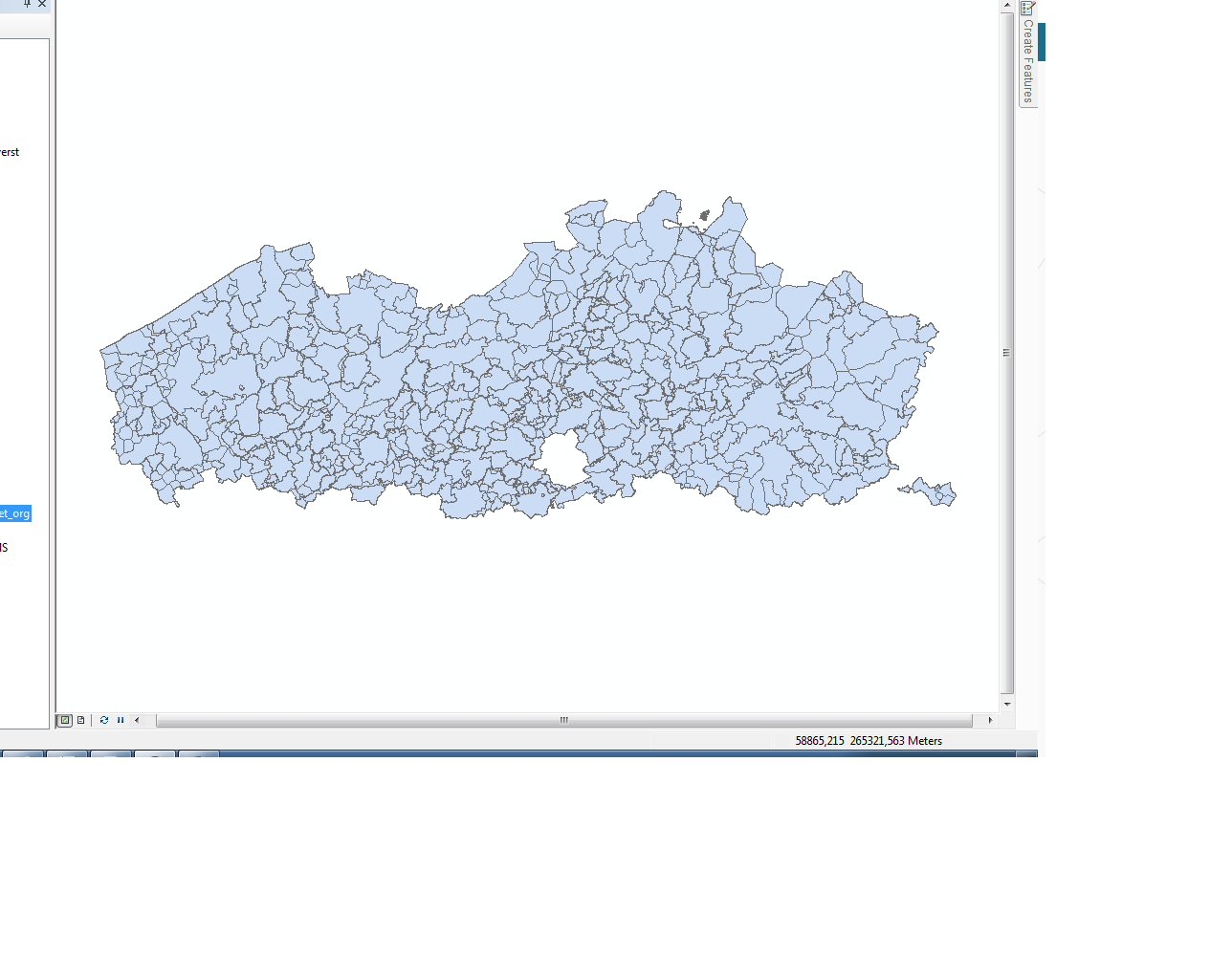Hi,
Situation : I have a polygon layer with overlapping areas but different attributes. (layer 1)
My goal is to create a new polygon layer (layer 2) where for each area in layer 1, there is in the middle or somewhere in the polygon a smaller polygon with the attributes of layer 1.
I was trying to do this with the centerpointreplacer and then create a buffer around the points. This works only for the half of the areas, the rest is rejected.
Does somebody know a better way to do this or sees wat i am doing wrong?
Thx!
















